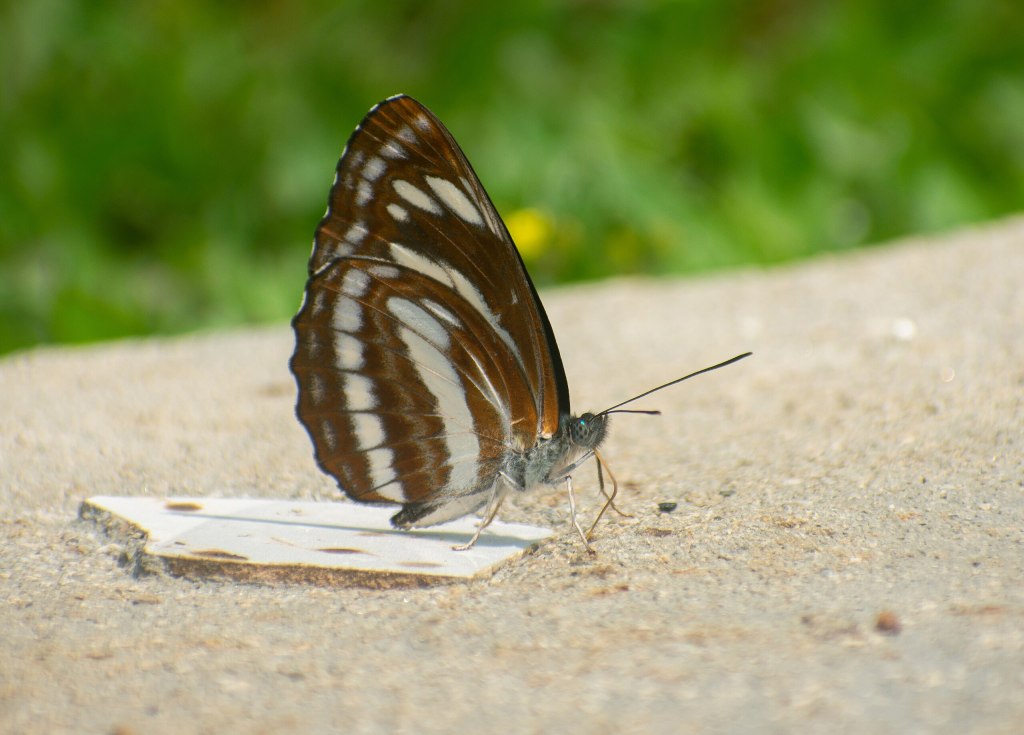Wiki Loves Butterfly (WLB), a field documentation and digital conservation project, has been run by a dedicated group of volunteers from India, who are passionate about butterflies. The project has succeeded in reaching the milestone of contributing 10,000+ high quality images on the Wikimedia Commons and documented 599 butterfly species and subspecies from different wildlife sanctuaries, tiger reserves, reserve forests, protected areas, butterfly parks and other places located in West Bengal, Odisha and north-east India during its 7-years long journey.
The genus Neptis comprises a remarkably diverse group with approximately 160 recognized species which is widely distributed across Africa (including the Indian Ocean islands) to Australasia through the Oriental and Palearctic region. In India, a total number of 26 species of Neptis were recorded previously. Four members of the WLB team – Atanu Bose, Mahesh Baruah, Abhishek Dutta Chaudhury and Anitava Roy, captured photographs of Neptis philyra (Long-streak Sailor) at the Tale Valley Wildlife Sanctuary in the Lower Subansiri district of Arunachal Pradesh in the month of June 2023. The species was later identified by Tarun Karmakar, an expert associated with our team, from the photographs. The first ever record of this species in India has been published as a scholarly article in the scientific journal named Tropical Lepidoptera Research on 5 April 2024.


North-East India covers the eight sister states which include Assam, Arunachal Pradesh, Manipur, Meghalaya, Mizoram, Nagaland, Sikkim and Tripura. The region supports rich floral biodiversity ranging from tropical rainforests to alpine scrub, and promotes a healthy ecosystem for diverse butterfly activities. In such rich prospective and still-virgin areas with greater possibilities of discovering rare and newly found species, it remains imperative on our part to carry on thorough documentation there in quest of those hidden gems. Nature always mesmerizes us in fascinating ways and it gives more motivation and hope to the entire WLB team to find more unique beauties of nature in our future efforts.

Can you help us translate this article?
In order for this article to reach as many people as possible we would like your help. Can you translate this article to get the message out?
Start translation